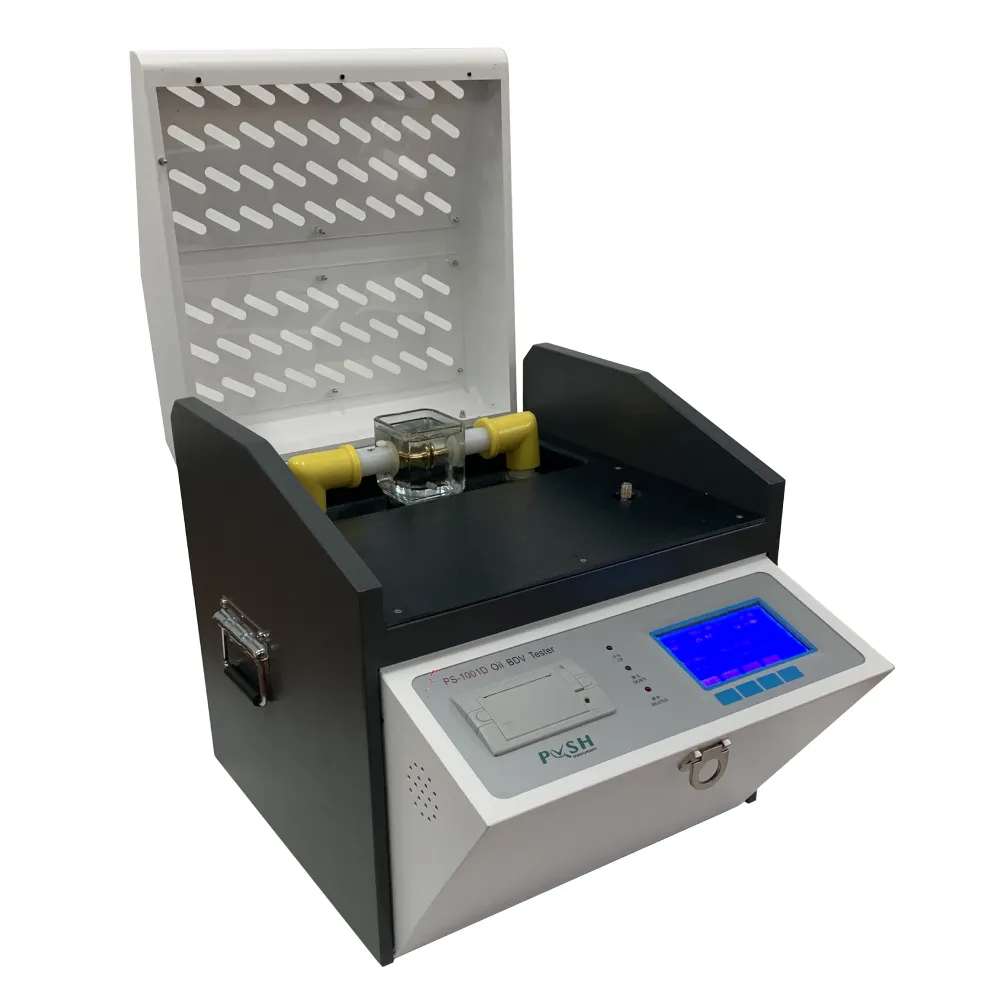 English
English


Understanding Transformer Current Transformers Testing and Its Importance in Electrical Systems
Transformer CT Testing Ensuring Reliability and Safety in Electrical Power Systems
Transformers are integral components in electrical power systems, functioning primarily to step up or step down voltage levels for efficient transmission and distribution of electricity. As critical assets, their reliability and operational safety must be ensured through rigorous testing protocols. One essential aspect of transformer testing is the evaluation of Current Transformers (CTs), which transform high currents into manageable levels for measurement and protection systems. This article discusses the significance of transformer CT testing, methodologies employed, and the implications of testing results.
Importance of Current Transformers
Current Transformers play a pivotal role in electrical networks, providing accurate current measurements that are crucial for system operations. They are utilized in protective relaying, metering applications, and during monitoring scenarios to enhance the functionality of power systems. Accurate performance of CTs is vital to prevent malfunctions that could lead to faulty readings, misoperations of protection devices, and ultimately, system failures.
Testing Methodologies
To ensure the dependable functioning of Current Transformers, several testing methodologies are applied. Below are some key testing procedures commonly utilized
1. Ratio and Phase Angle Testing This test determines the transformation ratio and phase shift the CT introduces between the primary and secondary currents. Any discrepancies in these values could indicate potential faults in the transformer.
2. Burden Testing The burden test assesses the effect of the connected load on the CT. It evaluates the accuracy of the CT under specific loading conditions, ensuring that it can deliver proper output without losses or distortions.
transformer ct testing

3. Insulation Resistance Testing Insulation integrity is crucial for safe CT operation. This test measures the resistance of the insulation material to verify that it is above acceptable thresholds, preventing electrical leaks or short circuits.
4. Winding Resistance Testing This procedure involves measuring the resistance of the windings within the CT. Higher resistance than expected could suggest deteriorating windings or poor connections, which would need to be addressed.
5. Transient Response Testing Transient conditions often occur in power systems, and testing CTs under these conditions helps ascertain their behavior during overloads or faults. This testing is essential for ensuring that the CTs will provide accurate readings during such events.
Implications of Testing Results
The results from transformer CT testing hold significant implications for the overall performance of power systems. Accurate CT functioning ensures that protection relays operate correctly, safeguarding against faults and preventing cascading failures. Moreover, reliable metering facilitates accurate billing and efficient energy management. Consequently, neglected CT testing can lead to unreliable data, misplaced trust in system status, and increased vulnerability to electrical faults.
Deficiencies detected during testing should prompt immediate remediation actions. This might involve replacing faulty components, recalibrating settings, or implementing more robust monitoring solutions. Regular testing and maintenance are crucial to uphold the integrity of the electrical supply chain.
Conclusion
In conclusion, transformer CT testing is essential for ensuring the reliability and safety of electrical power systems. By implementing comprehensive testing methodologies, utilities can maintain high operational standards, prevent faults, and ensure accurate measurements. As the demand for electricity continues to grow, the importance of rigorous testing protocols will only escalate, highlighting the need for increased focus on transformer CT testing in the power sector. Through diligence in testing, we can safeguard our electrical infrastructure for a sustainable future.
-
Differences between open cup flash point tester and closed cup flash point testerNewsOct.31,2024
-
The Reliable Load Tap ChangerNewsOct.23,2024
-
The Essential Guide to Hipot TestersNewsOct.23,2024
-
The Digital Insulation TesterNewsOct.23,2024
-
The Best Earth Loop Impedance Tester for SaleNewsOct.23,2024
-
Tan Delta Tester--The Essential Tool for Electrical Insulation TestingNewsOct.23,2024





